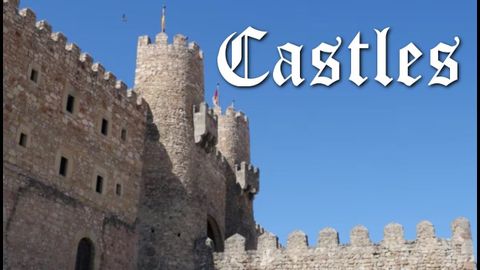
字幕與單字
孩子們的城堡。什麼是城堡?兒童的中世紀曆史 - FreeSchool (Castles for Kids: What is a Castle? Medieval History for Children - FreeSchool)
00
薛明璟 發佈於 2021 年 01 月 14 日收藏
影片單字
vulnerable
US /ˈvʌlnərəbəl/
・
UK /ˈvʌlnərəbl/
- adj.脆弱的;易受攻擊的;易受傷的;脆弱的;易受影響的;需要特別照顧的;易受批評的;(橋牌中)易受攻的
B1 中級高級英檢
更多 使用能量
解鎖所有單字
解鎖發音、解釋及篩選功能
